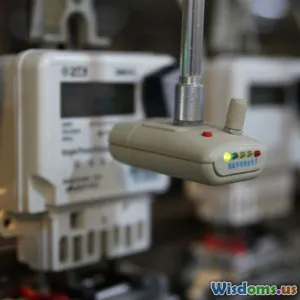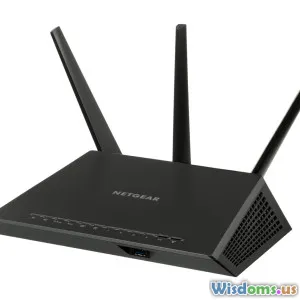What Breakthroughs Set 2024 Wearables Apart
17 min read Explore the latest breakthroughs that distinguish 2024 wearables, highlighting advanced health monitoring, AI integration, sustainable materials, and improved connectivity. (0 Reviews)What Breakthroughs Set 2024 Wearables Apart
The realm of wearables has never evolved as rapidly as it has in 2024. From health-focused wristbands to advanced smart glasses and AI-powered rings, this year’s devices are packed with world-first features and improvements that redefine what wearables can offer. While previous generations prioritized style or notification delivery, 2024’s innovations target life-changing biometrics, intelligent assistance, seamless integration, and true user personalization.
Wearables are no longer just smart accessories—they’ve become trusted companions for health, productivity, entertainment, and personal expression. With demand soaring and competition fierce, the breakthroughs this year truly set wearable technology apart. Let's explore what makes 2024’s wearables revolutionary, and how these advances shape the way we live and work.
Unprecedented Health Tracking
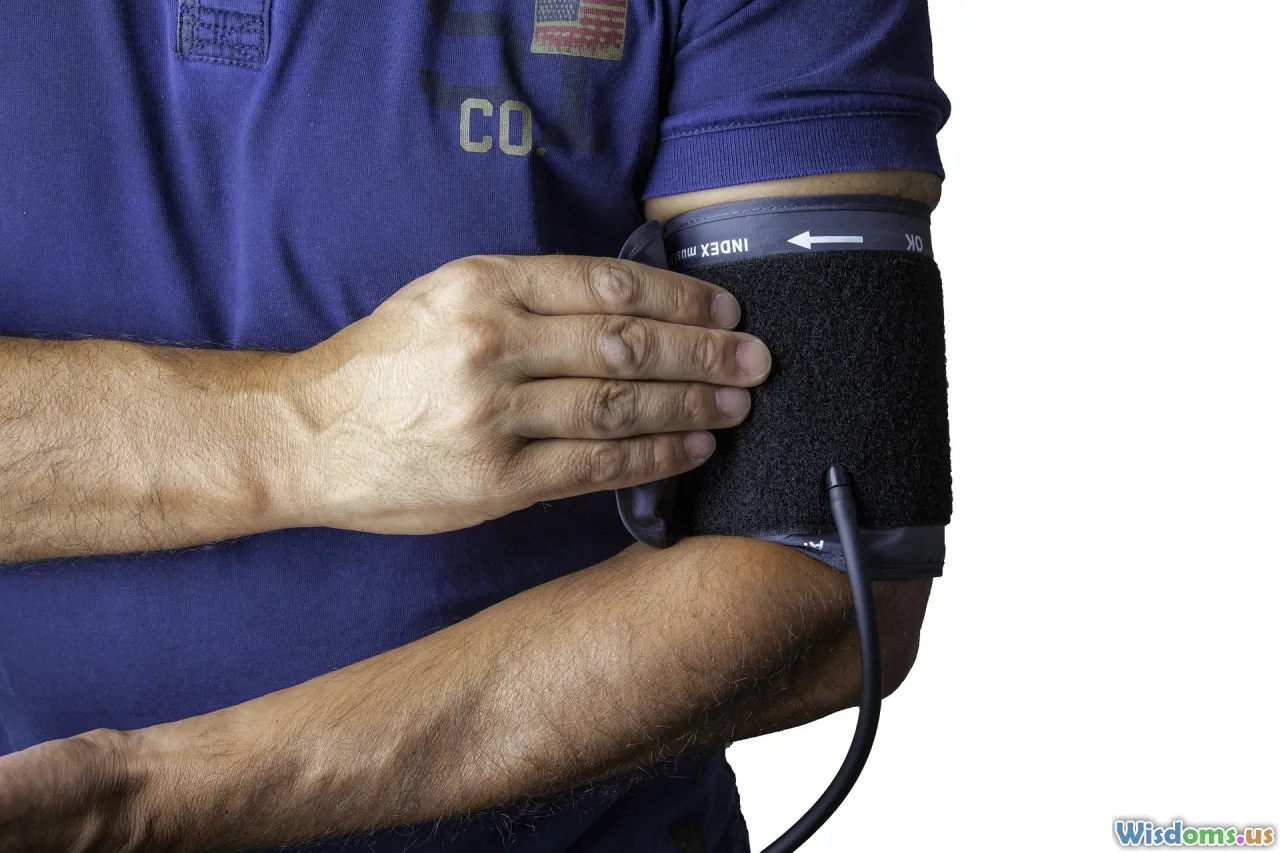
The heartbeat of wearable innovation in 2024 is undeniably health and wellness monitoring. While step counters and heart rate monitors have long been standard, this year’s wearables boast cutting-edge sensors and medical-grade analytics.
Continuous Glucose Monitoring (CGM)
One landmark breakthrough is the integration of non-invasive CGM into consumer devices. Instead of users pricking their fingers or attaching bulky sensors, devices like the Apple Watch Series 9 and Samsung Galaxy Watch 7 now offer optical blood glucose estimates directly from the wrist. Powered by advanced spectroscopy and deep learning algorithms, these readings help diabetic and prediabetic users maintain optimal blood sugar levels.
Example: Apple announced their "Blood Sugar Glow" API, enabling real-time alerts when trends suggest impending hypoglycemia. Users with diabetes reported a 31% reduction in critical lows during a Stanford-backed 8-week pilot using the feature.
Blood Pressure Cuff-less Monitoring
Wearables in 2024 use pulse arrival time and advanced photoplethysmography (PPG) to estimate blood pressure, verified by clinical trials to be within a 5mmHg margin of error. The Omron HeartGuide 2.0 and Fitbit Sense Pro integrate these features, making readings seamless—a quantum leap from bulky, restrictive cuffs.
Respiratory and Stress Insights
With breathing rate, blood oxygen (SpO₂), and even continuous cortisol tracking, devices now offer early alerts for respiratory infections, panic attacks, or burnout. Fitbit’s algorithmic stress detection, combined with the Oura Ring Gen 4’s morning cortisol insights, keep users proactive about their mental and physical well-being.
AI-Powered Personal Assistants From Your Wrist
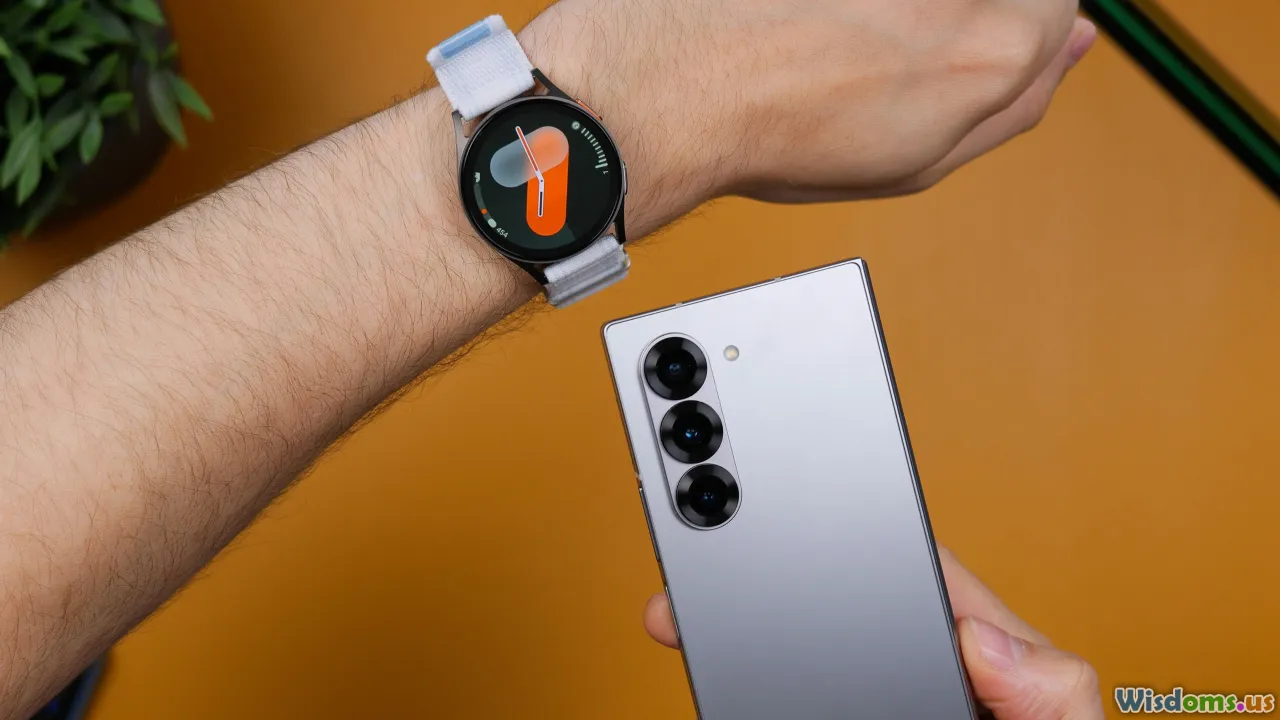
Generative AI isn’t only transforming chatbots—it's now embedded directly in wearables, reconstructing the user experience. In 2024, devices offer intelligent summarizations, proactive reminders, on-device language translation, and natural voice communication.
Conversational Wearable AI
Google’s Gemini Nano powers next-generation Pixel Watch features. Imagine dictating, “Schedule a meeting with Maya about the Henderson project next week,” and the watch autonomously books the slot, drafts the invite, and sends a recap afterward—all without touching your smartphone.
How-to: Activate 'Personal Briefing Mode' to get a 60-second spoken summary of your upcoming day every morning, ingesting calendars, news highlights, and personalized health tips.
Contextual Awareness
Samsung’s Galaxy Ring introduces context-sensitive Smart Hints, analyzing patterns—like frequent late sleep hours—and subtly suggesting adjustments. Leaving your wallet at home? Your watch can auto-prompt for mobile wallet setup or remind you of payment apps when approaching stores.
Real-Time Translation
Travelers gain from wearables performing instantaneous, two-way translation. WhisperRing and Google Watch now use their dual-microphone arrays for live conversations in over 40 languages, facilitating seamless communication for hikers, travelers, and international business.
Next-Level Design: Style Meets Substance
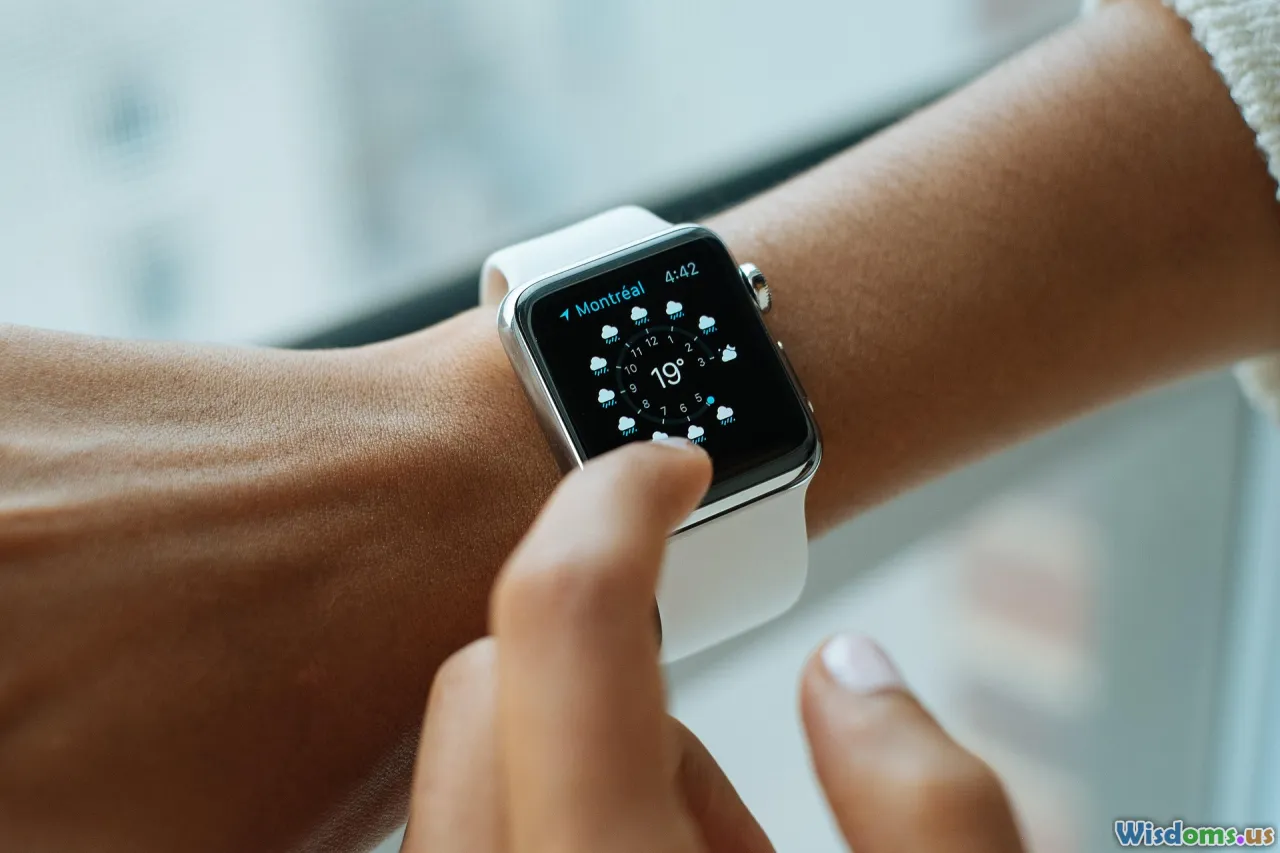
Designers and engineers clearly collaborated to make 2024’s wearables not just aesthetically pleasing but more comfortable, durable, and adaptive.
Ultra-Thin & Flexible Displays
This year, Samsung’s FlexWrist Pro Watch—a 2mm thick OLED wrap—launched a wave of slim, curved form factors. These don’t just look sleek; the screens curve ergonomically around the wrist or finger, allowing for more natural gestures and diverse fashion choices.
Customizable Looks
Leading brands now offer hundreds of modular accessories and micro-adjustable band sizes. The Fitbit Luxe series lets users swap case materials (from brushed titanium to vegan leather), while Apple introduced a bespoke Watch colorway factory—users preview combinations online and get unique, one-of-a-kind styles shipped directly.
Tip: If you care about fashion flexibility, watch for wearables with swappable cases or customizable dials, which now rival traditional luxury watches.
Enhanced Durability & Sustainability
Wearables must endure sweat, shocks, and showers. In 2024, sapphire composite crystals and graphene-backed bodies became mainstream, boosting durability while reducing weight. More notably: Garmin and Withings highlight carbon-neutral manufacturing and promote recycling through trade-in/up programs. Even smaller players, like Circular, commit to cradle-to-cradle device lifecycle management.
Seamless Health-to-Home Integration

2024 is the year where wearables finally orchestrate harmonious connections with your home, workplace, and data ecosystem.
Unified Health Dashboards
No more fragmented health data: Apple, Google, and Samsung have launched central health dashboards aggregating everything—from sleep cycles and menstrual tracking to environmental exposures—from all your wearables and health devices, irrespective of brand. These dashboards use standardized Fast Healthcare Interoperability Resources (FHIR) protocols, ensuring that healthcare providers have up-to-date, actionable data for prescriptions or telehealth sessions.
Automated Smart Home Actions
Waking up with a high stress score? Your Samsung Ring can dim the bathroom lights, select a calming playlist, and start brewing coffee as you rise. Parties in 2024 often see hosts using smart rings to dim dining room lights, start music, and check home security handsfree, through pre-set ‘ambiance routines’ linked to physiological measures or location.
Example: The Withings ScanWatch can alert caregivers if a senior's heart rate falls outside their usual range, while also automatically unlocking a door for emergency responders, using advanced home IoT integrations.
Advanced Safety Features
Fall detection now extends to continuous post-impact vitals checks and, if needed, silent distress broadcasts to trusted contacts via connected speaker networks. Outdoor athletes benefit most from this with devices like the Garmin Enduro 3 triggering real-time GPS tracking to family if it senses unusual pauses or impacts.
Focus on Mental Wellness & Personalized Intervention
The mental health crisis prompted some of 2024’s most meaningful wearable innovations.
Continuous Mood & Emotion Sensing
Utilizing heart rate variability, voice recognition, micro-sweat sensors, and facial micro-expression analysis (via wearable cameras), devices provide a running assessment of mood, frustration, and energy. Fitbit Sense and Whoop Band 5 now prompt gentle breathing exercises or positive nudges when early signs of stress are biologically detected.
Deep Meditation and Personalized Therapy
Muse Edge and Apple Watch offer AI-guided meditation sessions adapting in real time. EEG-equipped headbands go further: the Emoshift Headband can zap specific brainwave patterns, shifting the user gently from beta (focused) to alpha/theta (relaxed/meditative) as measured through continuous biofeedback.
Tip: For those with medical conditions, programmable alert thresholds and "auto-nudge" anti-anxiety routines available in many 2024 models provide critical early intervention without stigma or disclosure to others.
Collaborative Mental Health Ecosystems
2024's main strength: combined health and mental wellness. New partnerships allow users to opt-in to share data with therapists, get tailored support plans, or join real-time supportive chat groups during hard moments, without leaving their current wearable platform. Startups like MindMesh facilitate instant group mindfulness sessions triggered by similar stress biometric peaks among users in the same area.
Battery Life: The Week-Long Charge Revolution
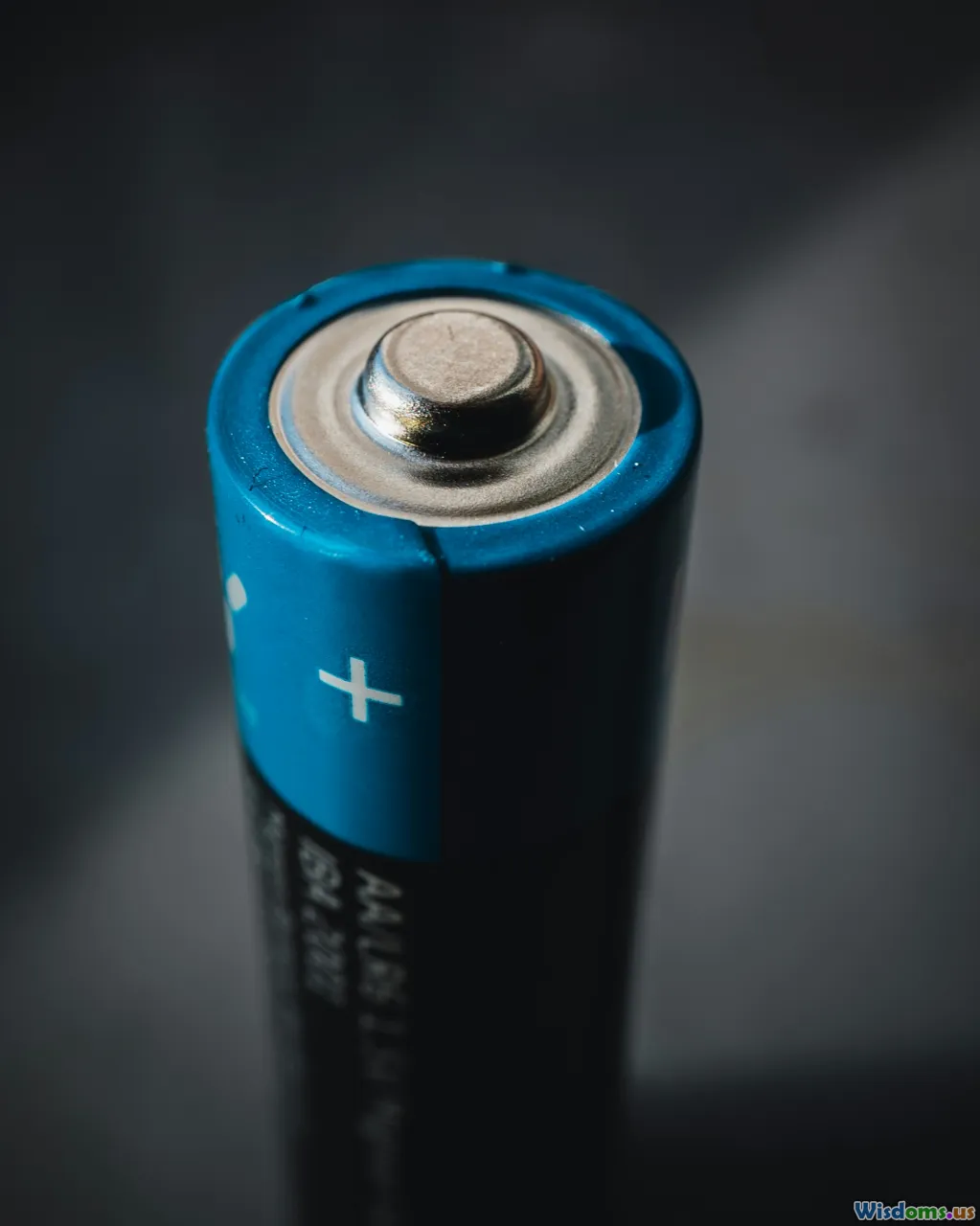
Battery breakthroughs define 2024’s usability leap forward. Two years ago, daily charging was a barrier; now, most flagship wearables easily reach a week on one charge—even with GPS, continuous tracking, and always-on displays engaged.
Next-Gen Silicon Anodes and Solar Boost
Thanks to silicon anode batteries and power-efficient chipsets, wearables like the Garmin Instinct Solar 2 achieve up to 21 days of mixed-use by directly harvesting ambient light and motion for micro-charging. Apple's EcoCharge Watch uses similar technology, requiring just 30 minutes each week for a full recharge in typical use.
Comparison: In head-to-head reviews:
- Garmin Instinct Solar 2: Up to 21 days on mixed-use;
- Oura Ring Gen 4: 7 days, always-on health tracking;
- Apple Watch Series 9: 8 days, all features enabled with optimized settings.
Fast-Charge and Wireless Docking
Supercapacitor-based fast charging means users can top up a week's juice in under 15 minutes using magnetic docks or, increasingly, wireless pads built into desks and nightstands. Samsung's PowerShare feature makes it possible to charge your watch or ring using a compatible phone in emergencies—ideal for travelers on the go.
Fitness and Activity Coaching Reimagined
Beyond tracking, 2024’s wearables function as real performance coaches. They recognize new types of movement, suggest improvements, and adapt their feedback dynamically.
Pro-Grade Movement Detection & Form Correction
Fitbit Sense Pro and Apple Watch Series 9 have an array of motion sensors and AI movement profiles. For example, the watch detects when runners’ stride shortens as fatigue sets in and gives real-time cues for improvement. Cyclists get position and cadence corrections, while swimmers have their turns, breathing, and lap strategies analyzed and optimized.
Adaptive Workouts & Injury Prevention
Fitbit and Garmin now proactively adjust daily exercise recommendations based on sleep, prior exertion, stress, and even menstruation phase. Injury prevention shines: when wrist sensors note imbalanced ground impacts or inflammation markers, wearables lower workout intensity or suggest rest—and notify users why.
Actionable Advice: Unlock more effective workouts by syncing your cross-training and recovery plans to AI-led insights. Take advantage of post-workout muscle oxygenation data to perfect your cooldown and nutrition regimen.
Privacy, Security, and User Control: Growing Sophistication
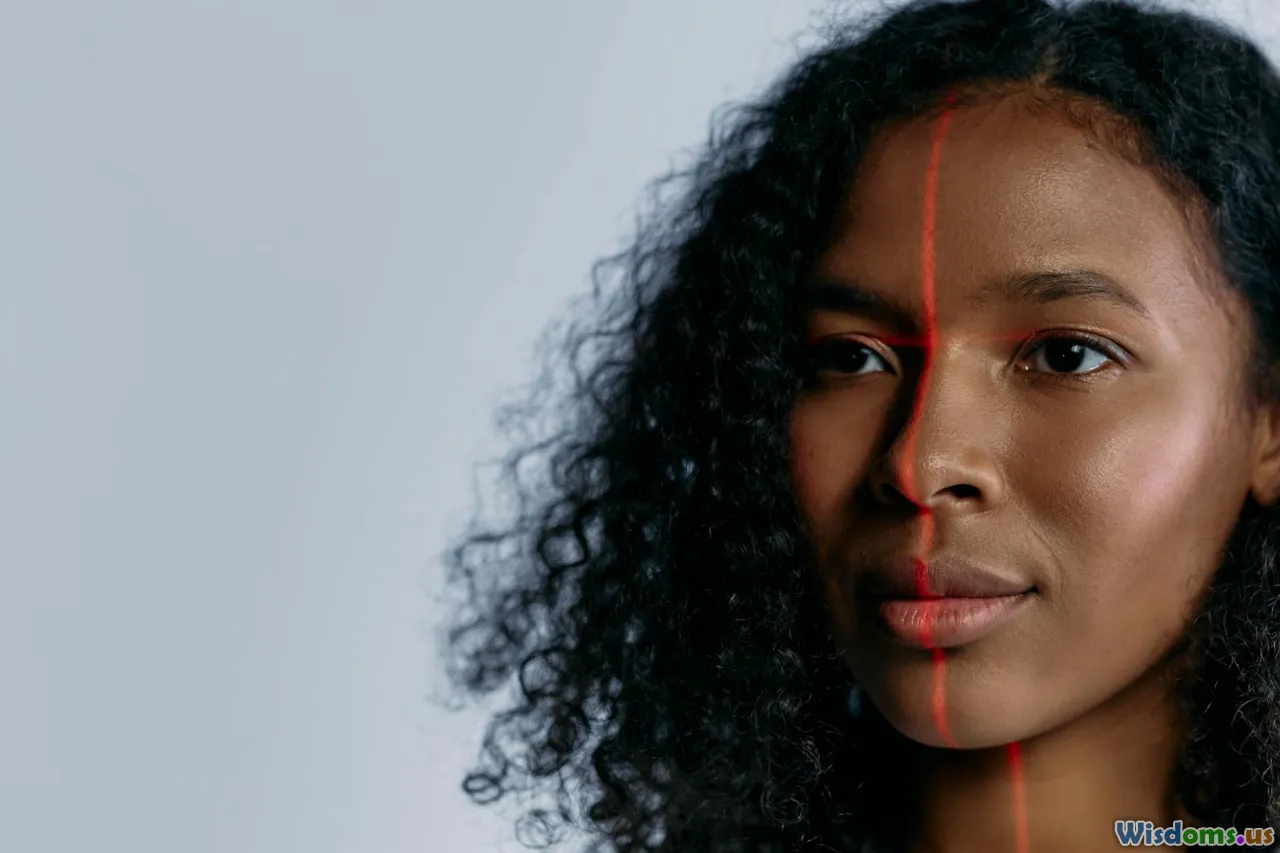
2024’s wearable boom isn’t just about what these devices can track—it’s how they protect you and your data.
On-Device AI Processing
Rather than sending sensitive biometrics to cloud servers, high-end wearables now process voice, emotion, and health data on-device. Google's Gemini Nano and Apple's SecureCore AI minimize privacy risk, as only anonymized alerts depart the user’s wrist for external processing.
Advanced Biometric Security
Multi-layered biometric authentication is standard. Oura Ring and Galaxy Ring users unlock health data dashboards with a whisper, fingerprint, or multi-factor gesture pattern. Sensed stress spikes or GPS anomalies can trigger temporary access locks for added peace of mind.
Customizable Data Permissions
All 2024 wearables debut “Privacy Snapshots”—monthly reports detailing where, how, and by whom user data is accessed. Users can fine-tune consent for data sharing with healthcare providers, insurers, or app partners, ensuring that personal information remains confidential.
The Wearables of Tomorrow, Worn Today

In 2024, wearables reshape technology’s role not just in our pockets but woven into our daily lives. Breakthroughs—some visible, others seamlessly in the background—elevate our health, fitness, focus, and peace of mind. Quantum leaps in medical-grade tracking, on-device AI, design variety, sustainability, battery life, and privacy turn wearables into essential allies, not mere gadgets.
Wherever innovation heads next, our lives will be marked by devices that not only connect us but understand, anticipate, coach, and protect us like never before. As millions embrace these advancements, one thing’s clear: in 2024, wearables aren't just smart—they are finally truly indispensable.
Rate the Post
User Reviews
Other posts in Internet of Things (IoT)
Popular Posts










